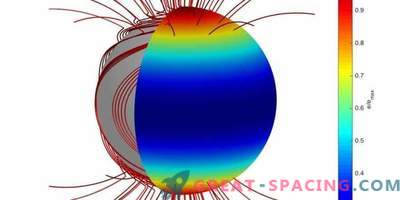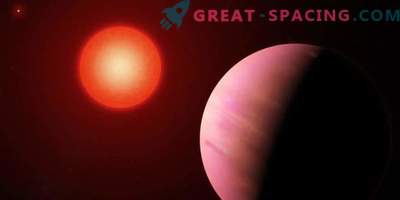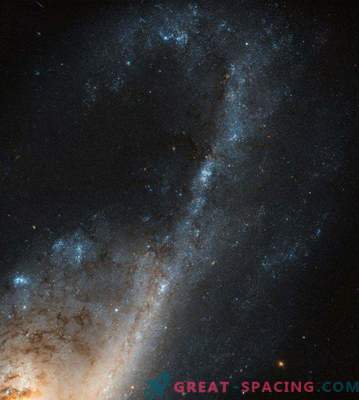
Sunspots are areas on the solar photosphere that appear darker than the rest of the territory because they are cooler (1-2 thousand degrees Celsius). These are temporary formations created by magnetic activity. They appear due to solar rotation and difficult circulation of hot gas below the surface. These events are accompanied by flashes, mass emissions and other energy phenomena.
Other stars also have similar features and when compared, it seems that the Sun behaves relatively calmly. Star spots are interesting to study because they decipher the rotation and circulation of a star. Of course, they are too small for viewing in modern telescopes, but they are found out of changes in light.

One of the largest sunspots over the past 9 years in observing the Solar Dynamics Observatory. For the scale added an image of the Earth. Scientists used Kepler’s satellite to characterize star spots on 2,244 objects The researchers decided to analyze data from Kepler’s satellite in order to find the general properties of the stars. Kepler was searching for exoplanets through transit tracking. But the monitoring of light led to the fixation of many other temporal phenomena, including star spots.
Of the 34,000 main sequence stars, scientists chose 2244 with a rotation frequency of 9.5–20.5 days. Their behavior was grouped into 3 categories on the basis of constancy. It turned out that our Sun does not behave quietly. In addition, large star spots live much longer, and on colder stars, they disintegrate slowly.
Conclusions correspond to modern models. But the work is important because it is the first large-scale review of the phenomenon.











































